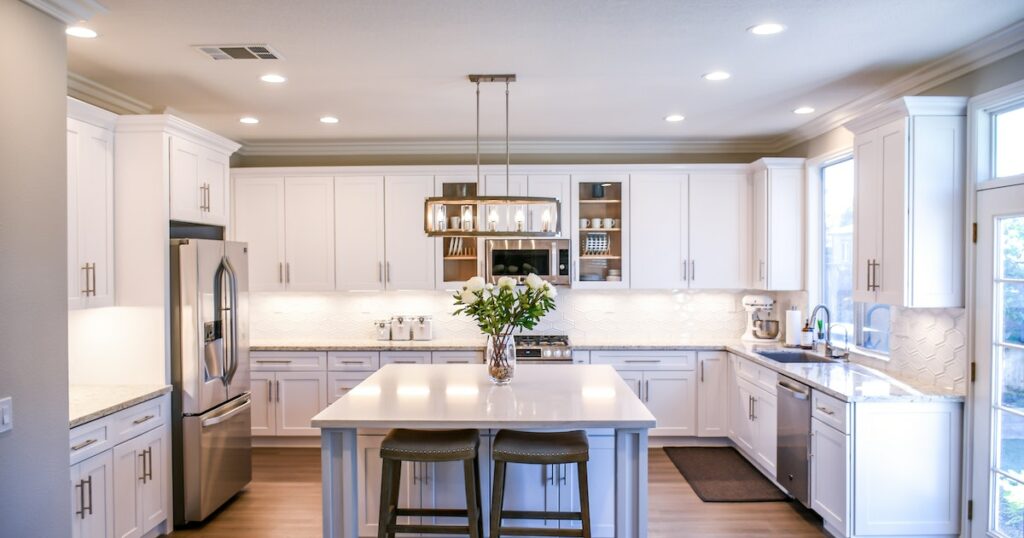Learn 5 Things to Know About Home Improvement Loans

4. For faster funding, choose a personal loan versus a home equity loan.
If you need quick approval and money, a personal loan is preferable to a home equity loan, which takes longer to approve. A personal loan for home repair works in the same way as any other unsecured personal loan: Your interest rate will be determined by your credit score, and you will have the flexibility and reassurance of a set interest rate to plan your monthly payments.
Personal loans are often available in sums ranging from $1,000 to $100,000. The benefits of a personal loan include the flexibility to borrow a smaller amount and the elimination of equity concerns. The disadvantages are shorter payback terms and higher interest rates.
The average annual percentage rate on a personal loan with a 24-month duration is 10.21 percent, according to Investopedia. Your credit score determines the interest rate you pay, which can range from 6% to 35%.
5. If you do not qualify for other home improvement loans, consider other possibilities.
There are a few additional possibilities if you are looking for an alternative to home improvement and personal loans due to eligibility. Finally, your decision should be based on the form of loan, line of credit, or program that will best meet your need
• Equity credit line: You can use the equity in your home as collateral for a home equity line of credit. You can only borrow as much as you need, which is a significant benefit.
According to Bankrate, if you use the funds from your home equity line of credit to perform home improvements, you can deduct the interest on your taxes. Check with your tax professional to see if you qualify for this.
• Energy-efficient mortgage program: Through this Federal Housing Administration (FHA) program, homeowners can finance low-cost energy-efficiency upgrades such as solar panel installations and furnace duct repairs. To learn more about this program and apply, contact an FHA-approved lender. You may need to acquire a home energy evaluation to check your home’s energy efficiency and eligibility.
• Refinancing with cash out: A cash-out refinance similar to getting a new mortgage. A cash-out refinance, rather than taking out a mortgage, will replace your existing mortgage as your primary mortgage.
You will be able to access your equity in order to receive cash at closing for home upgrades. Your new home loan will have a different payment, balance, terms, and interest rate. Rates for cash-out refinancing are often cheaper than those for retail home improvement credit cards, normal credit cards, and personal loans, according to Lending Tree.


